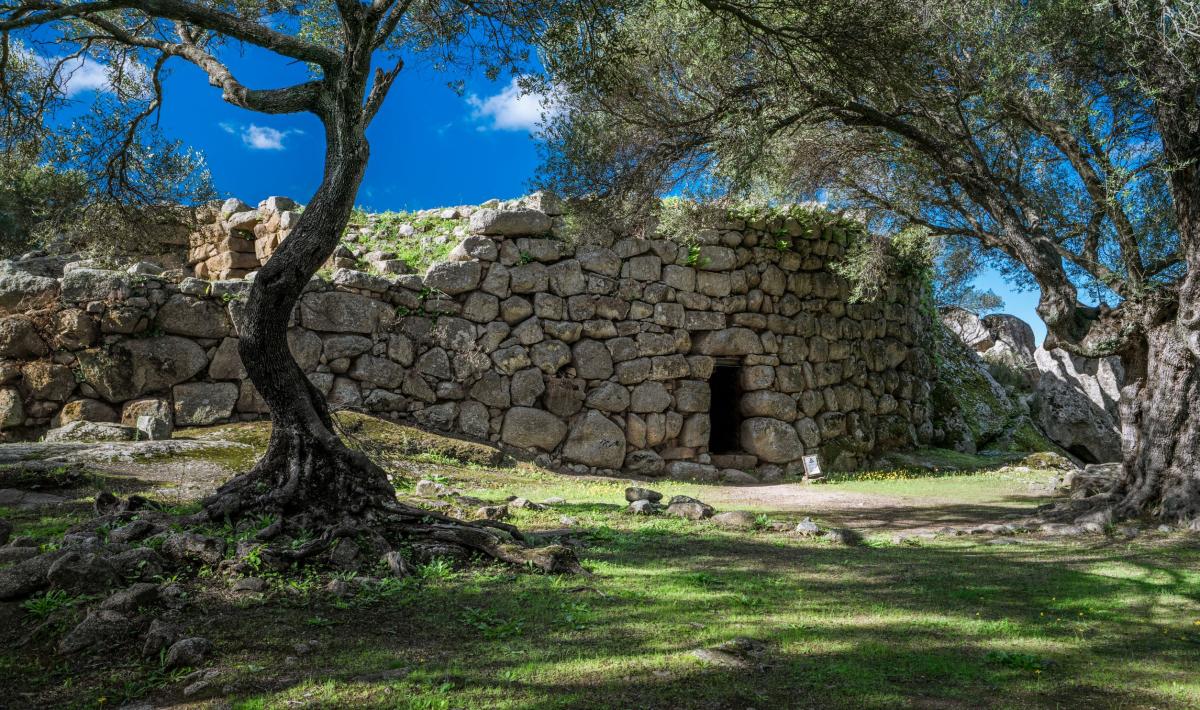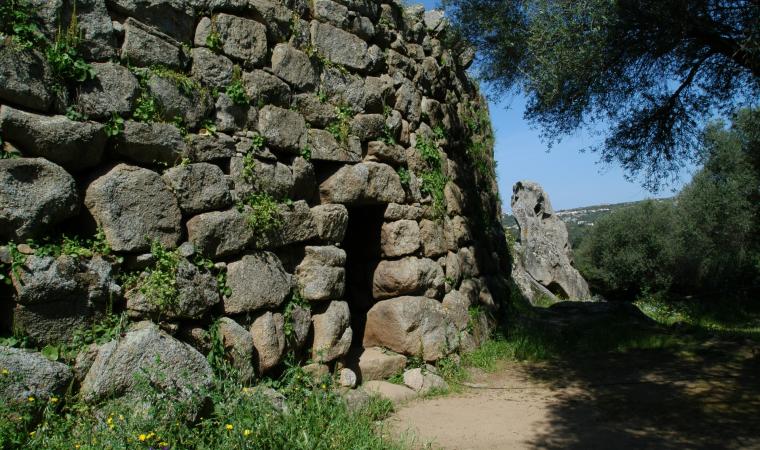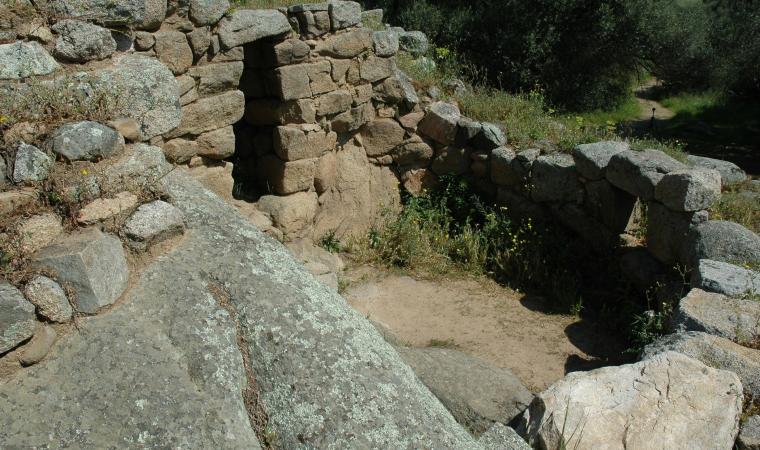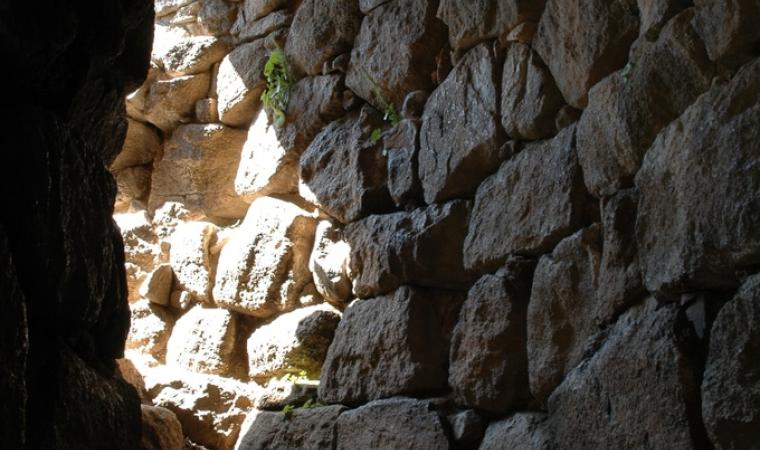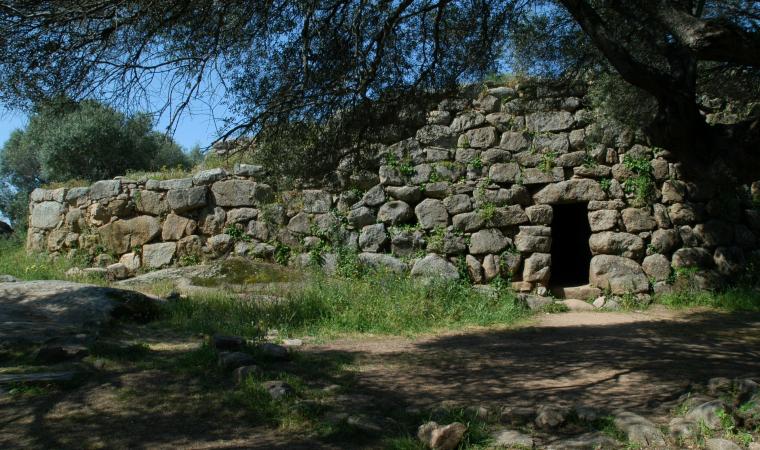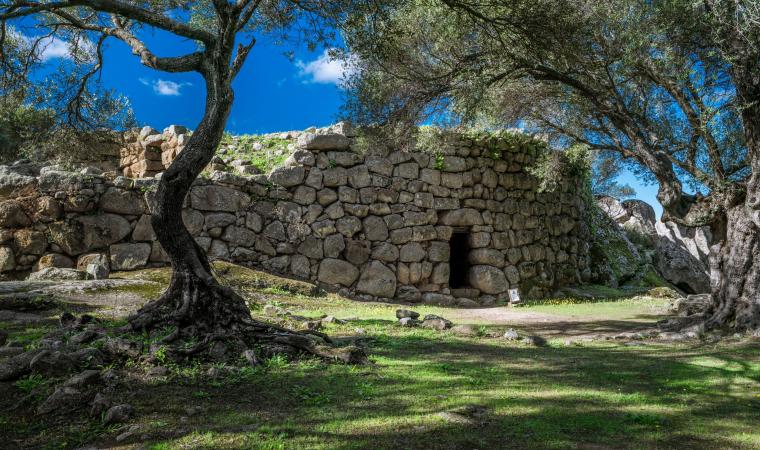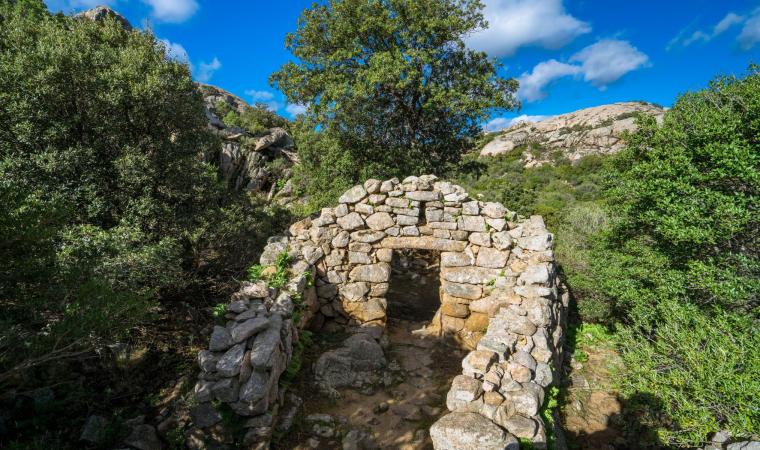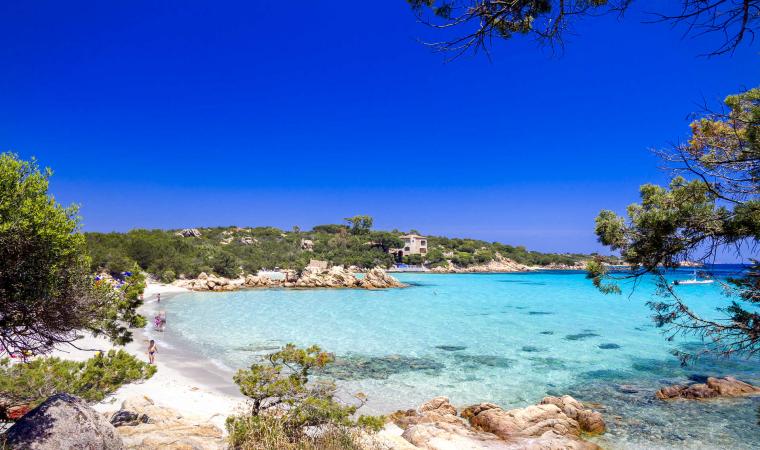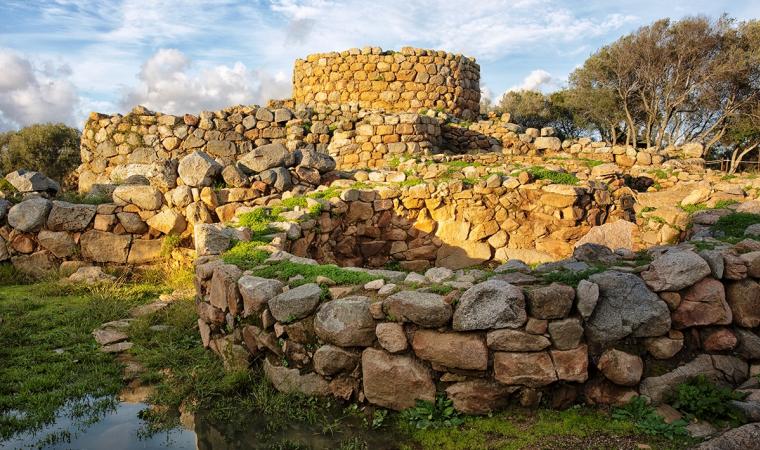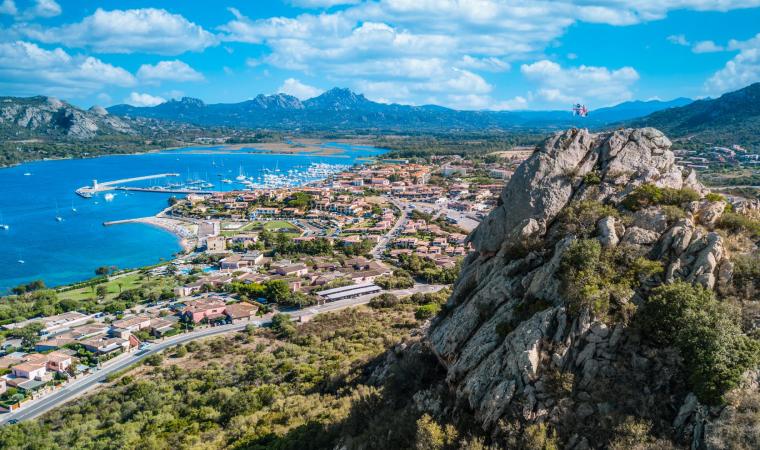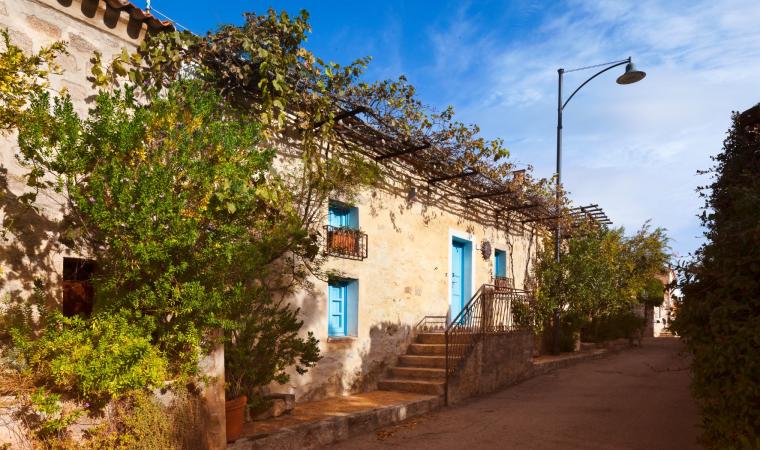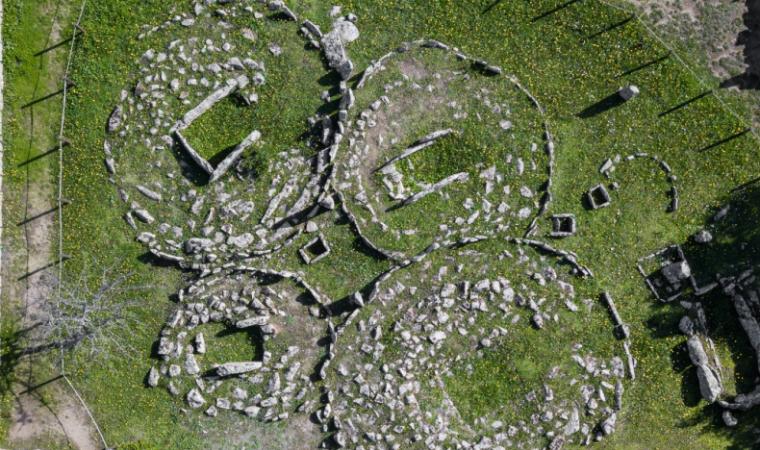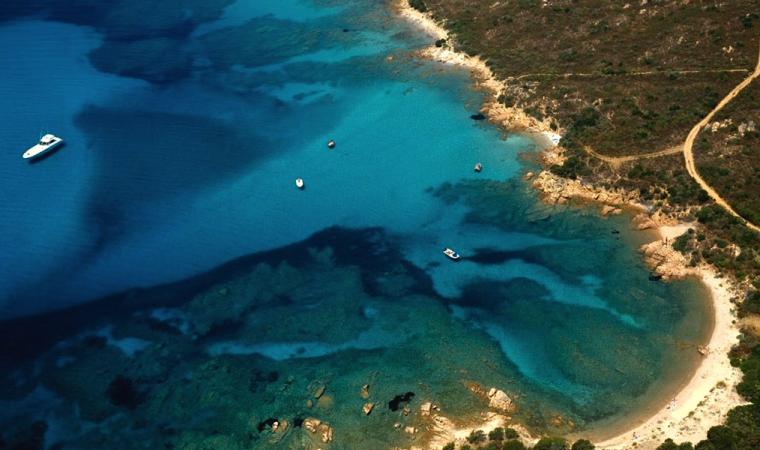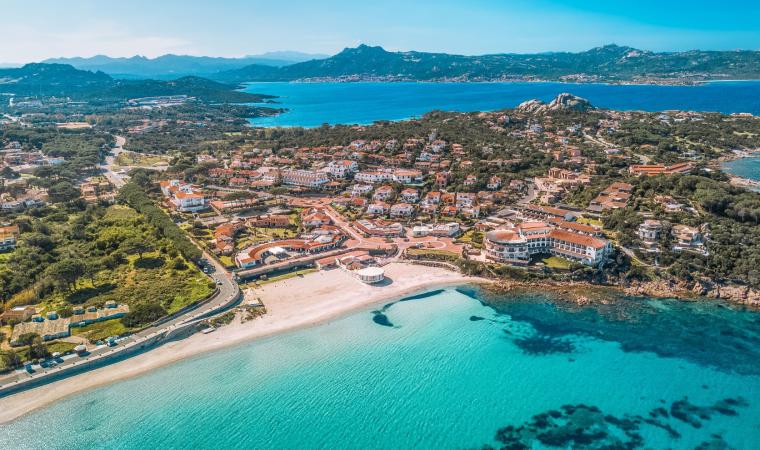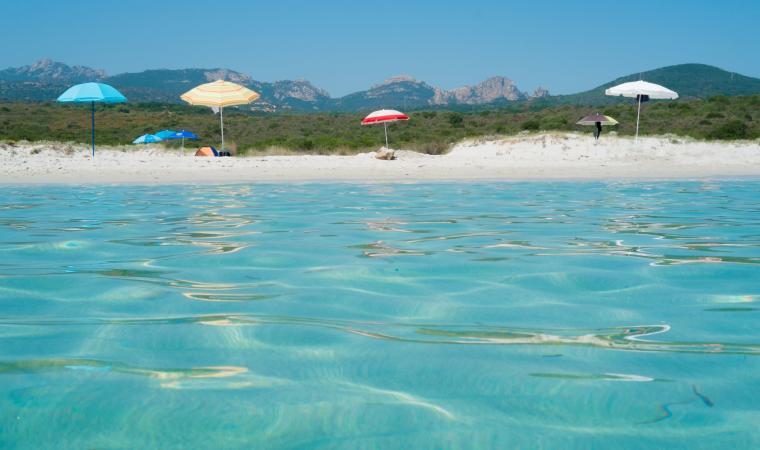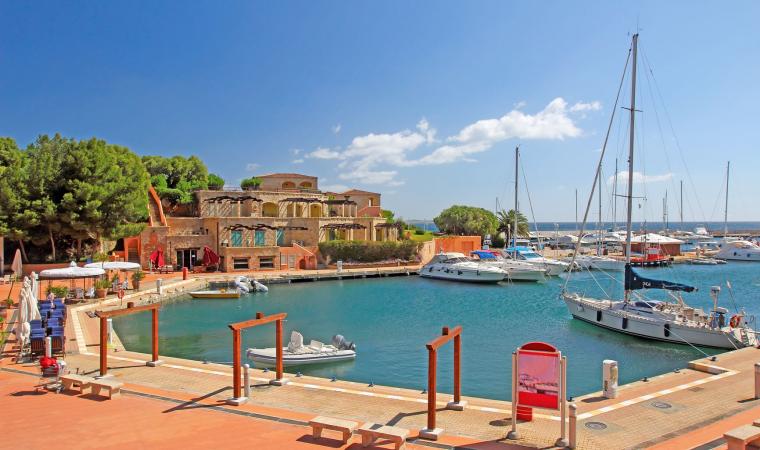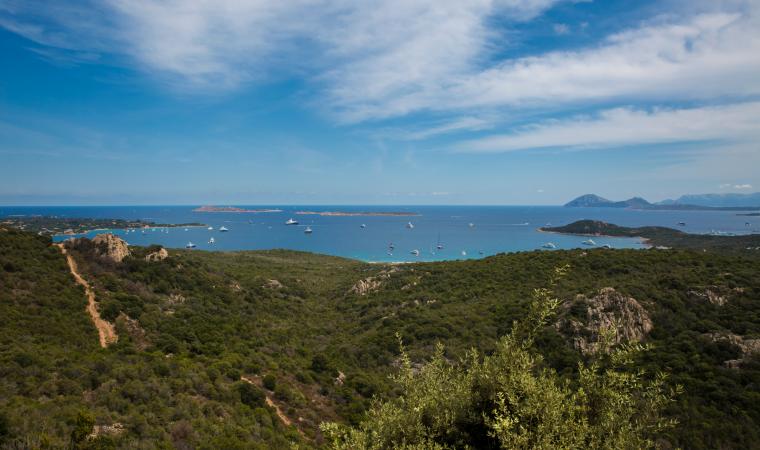A walk through the countryside of Arzachena, the renowned tourist centre of Gallura, will allow you to discover a landscape made of vineyards and pastures, in an area that has been inhabited for millennia and which preserves a rich archaeological heritage inherited from the civilizations that populated the area in prehistoric times. Just two and a half kilometres away from the village of Arzachena, you will find the Albucciu nuraghe , one of the most characteristic and important examples of a 'corridor' building (or protonuraghe), the ancestor of the later nuraghes, although the truncated-ogival rooves were affected by the subsequent tholos building technique .
Dating back to the Middle Bronze Age (15th century BC), the centuries, or rather the millennia, have meant that the nuraghe is completely hidden in a jagged grove of olive trees and Mediterranean scrub. The peculiarity, which differentiates it from the other nuraghes in the area, is its construction technique. The imposing granite blocks were carefully leant against an imposing, light-coloured granite rock that forms part of the masonry of the main building, as well as a preponderant part of the entire nuraghe.
The structure is very well preserved despite some collapses. The layout is irregular, typical of protonuraghes. The shape is rectangular with a north-south orientation and east-facing façade. At the entrance, surmounted by an architrave and open on the large façade, you will see, on the left, a deep closet and a large elliptical room covered with tholos on the right. You will also notice a series of corbels that, in the past, held a balustrade to protect the terrace. Past the entrance, you will see two small niches, one on each side. Further in, you will find a trapezoid passageway, and if you look up you can see a false dome ceiling. On the southern slope is the largest space on the ground floor. The very high roof allowed for a wooden loft that divided the hall into two floors. In the lower one, a mullioned window opens on one side, while a seat on the floor near the fireplace and a wall cupboard still give the nuraghe the impression of 'being lived in'. The upper floor is one of the largest rooms in the entire building: you will enter it via a staircase. It consists of a semi-circular open-air area and a series of rooms, including a large circular chamber, the largest of the nuraghe, accessible only from the terrace. The main daily activities took place on the upper floor: processing of milk and cereals, cooking bread and other foods.
Among the most important findings at the site are a hilted dagger, a statuette of an offeror and a closet of bronzes. These objects allow us to date the Albucciu nuraghe to between the end of the Middle Bronze Age and the Iron Age (around 1400-650 BC). The archaeological area, in addition to the nuraghe, also includes the remains of circular huts, which formed the nuragic village, and 80 meters from the complex the remains of a Giants' tomb called the Moro tomb, probably connected to the life of ' Albucciu. Not far away there is also the Nuragic temple of Malchittu.

